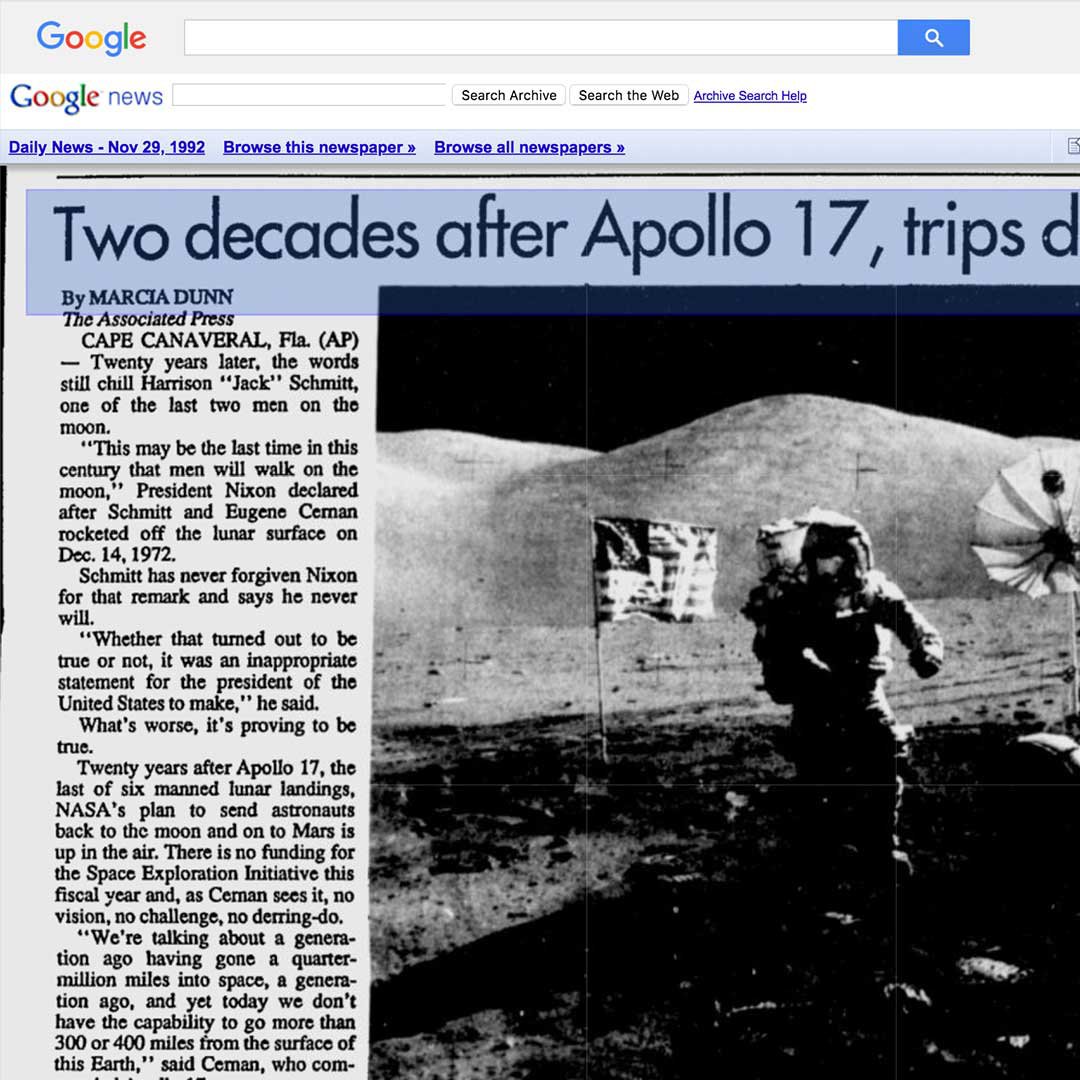News Articles for Dummies
News Articles for Dummies
Blog Article
Get This Report on News Articles
Table of ContentsGet This Report about News ArticlesNews Articles Things To Know Before You BuyWhat Does News Articles Do?Getting The News Articles To WorkThe Facts About News Articles Revealed
Great expertise of various topics gives students an one-upmanship over their peers. Despite the fact that digital and social media sites are conveniently easily accessible, we should not fail to remember exactly how crucial it is to read the newspapers. Parents have to try and instill the behavior of reviewing a newspaper as a day-to-day routine to proceed the tradition of the adored print tool.Newspaper article likewise consist of at the very least one of the following important features about the designated target market: distance, prominence, timeliness, human interest, anomaly, or effect. The associated term journalese is occasionally made use of, typically pejoratively, to refer to news-style writing. Another is headlinese. Newspapers typically comply with an expository writing design.
Within these restrictions, information tales also aim to be thorough. Various other elements are included, some stylistic and some obtained from the media form. Among the bigger and a lot more revered papers, fairness and equilibrium is a major consider presenting info. Commentary is generally restricted to a separate area, though each paper might have a different overall angle.
Newspapers with a worldwide audience, for instance, tend to use a much more formal design of writing. News Articles.; common design guides consist of the and the United States Information Style Book.
The 9-Second Trick For News Articles
As a rule, reporters will not utilize a long word when a short one will do. They utilize subject-verb-object building and construction and vivid, energetic prose (see Grammar). They use narratives, examples and metaphors, and they hardly ever rely on generalizations or abstract concepts. Information writers try to stay clear of making use of the same word greater than as soon as in a paragraph (often called an "echo" or "word mirror").
Nevertheless, headlines occasionally omit the topic (e.g., "Jumps From Boat, Catches in Wheel") or verb (e.g., "Feline lady lucky"). A subhead (also subhed, sub-headline, subheading, caption, deck or dek) can be either a subservient title under the primary heading, or the heading of a subsection of the post. It is a heading that precedes the primary text, or a group of paragraphs of the major text.

Added signboards of any of these kinds might appear later on in the post (particularly on succeeding pages) to entice further reading. Such signboards are more likewise utilized as pointers to the short article in various other sections of the publication or site, or as ads for the piece in various other publication or websites. Common framework with title, lead paragraph (recap in bold), other paragraphs (details) review and contact details.

Instance of a hard-lead paragraph NASA is proposing another room task. The agency's budget demand, introduced today, consisted of a strategy to send out another goal to the Moon. This moment the firm hopes to establish a lasting facility as a jumping-off place for other room experiences. The budget demands approximately $10 billion for the job.
An "off-lead" is the second most important front web page information of the day. To "bury the lead" is to begin the short article with background information or details of additional importance to the viewers, compeling them to read even look at here now more deeply into a post than they ought to have to in order to uncover the vital factors.
The 8-Second Trick For News Articles
Typical usage is that one or 2 sentences each form their very own paragraph. Journalists generally explain the organization or structure of a newspaper article as an inverted pyramid. The essential and most fascinating elements of a tale are placed at the start, with supporting details adhering to in order of reducing value.
It permits people to explore a subject to just the deepness that their inquisitiveness takes them, and without the charge of details or subtleties that they can consider irrelevant, yet still making that information readily available to a lot more interested visitors. The upside down pyramid structure additionally makes it possible for posts to be trimmed to any type of approximate length throughout layout, to suit the room offered.
Some writers start their stories with the "1-2-3 lead", yet there are several type of lead available. This layout usually starts with a "5 Ws" opening paragraph (as described above), adhered to by an indirect quote that offers to support a significant component of the first paragraph, and afterwards a straight quote to sustain the indirect quote. [] A kicker can refer to multiple things: The last story current program; a "pleased" story to finish the program.
Longer write-ups, such as publication cover articles and the pieces that lead the inside sections of a newspaper, are called. Feature tales vary from straight information in a number of means. Foremost is the lack of a straight-news lead, a lot of the moment. Rather than offering the essence of a tale in advance, function writers might try to draw visitors in.
Getting The News Articles To Work
A feature's first paragraphs commonly connect an interesting minute or event, as in an "anecdotal lead". From the particulars of a person or episode, its sight quickly broadens to generalizations concerning the story's subject.

The Editor's Tool kit: A Recommendation Overview for Beginners and Professionals (2001) Allan M. Siegal and William G. Connolly. The New York Times Manual of Style and Use: The Authorities Style Overview Used by the Writers and Editors of the World's Many Authoritative Newspaper (2002) M. L. Stein, Susan Paterno, and R.
Report this page